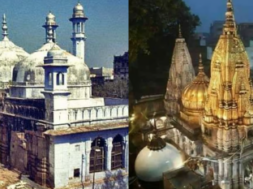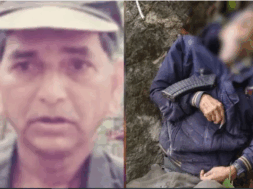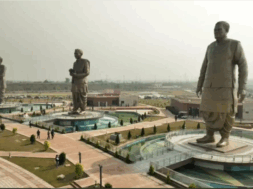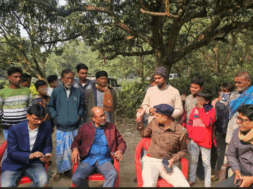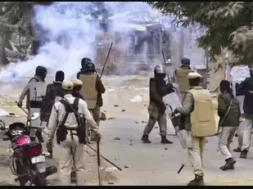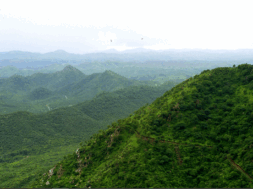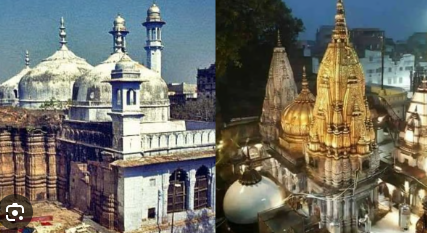
NEW DELHI, Jan 25: The Archaeological Survey of India (ASI) is claimed to have found existence of a “large Hindu Temple” on which the Gyanvapi mosque was built adjacent to the famous Kashi Vishwanath temple in Varanasi.
The Archaeological Survey of India (ASI) report on the Gyanvapi mosque was given to the petitioners on Thursday. The Varanasi district judge had on Wednesday said the ASI report should be given to all the petitioners in the Gyanvapi mosque and not to give soft copies to avoid distorted versions making it to social media.
Vishnu Jain, the lawyer for the petitioners, read out what he claimed was the report’s contents in a press conference on Thursday. He said the report found a “pre-existing structure and the ASI found a well next to the corridor,” adding that the “central chamber and the main entrance has a pre-existing structure.”
Mr Jain said the ASI in its survey “studied the pillars and plasters and said all were part of the temple.” “34 inscriptions of Hindu temple were found and the inscriptions are in Devnagri, Granth, Telugu and Kannada. Names of deities Janaradana, Rudra and Umeshwara are found in inscriptions,” Mr Jain said, quoting what he said was the contents of the ASI report.
Mr Jain said the “ASI report saw terms such as Maha Mukti Mandap mentioned in inscriptions,” adding that “pillars from an earlier temple were reused while making cellar.” The lawyer said, “ASI, in its conclusive finding, said, There existed a large Hindu Temple prior to the construction of the existing structure.”
The Gyanvapi report was filed in a Varanasi court in a sealed cover nearly a month ago. The report is crucial to the decision in the case, in which the petitioners claim the mosque was built over a temple and so they want the right to worship there while the Muslim group had opposed claiming there was no evidence of the existence of a Hindu temple in the vicinity.
The ASI had been surveying the mosque since August 4 last year. It has only left out the wuzukhana area, where the Hindu petitioners had claimed existed a “Shivling,” which was sealed by the order of the Supreme Court.
(Manas Dasgupta)
